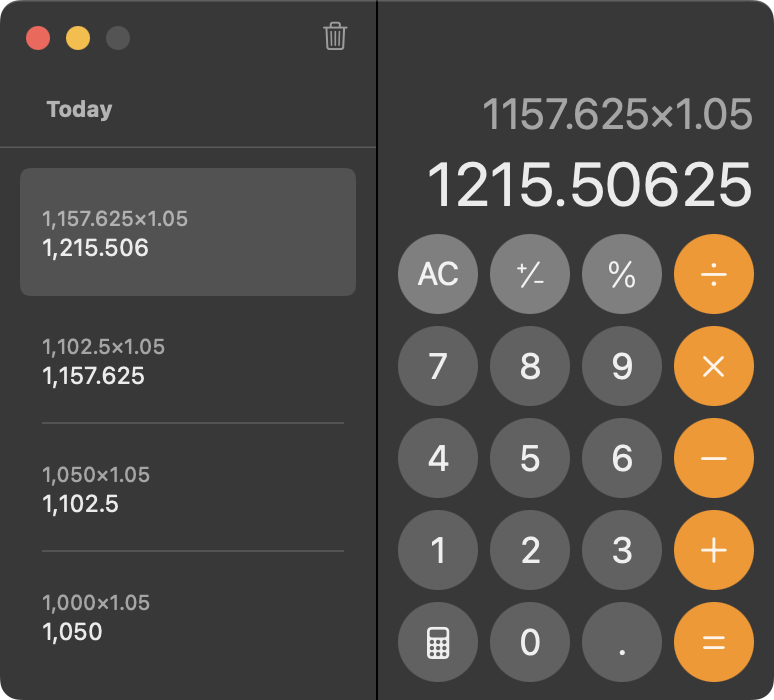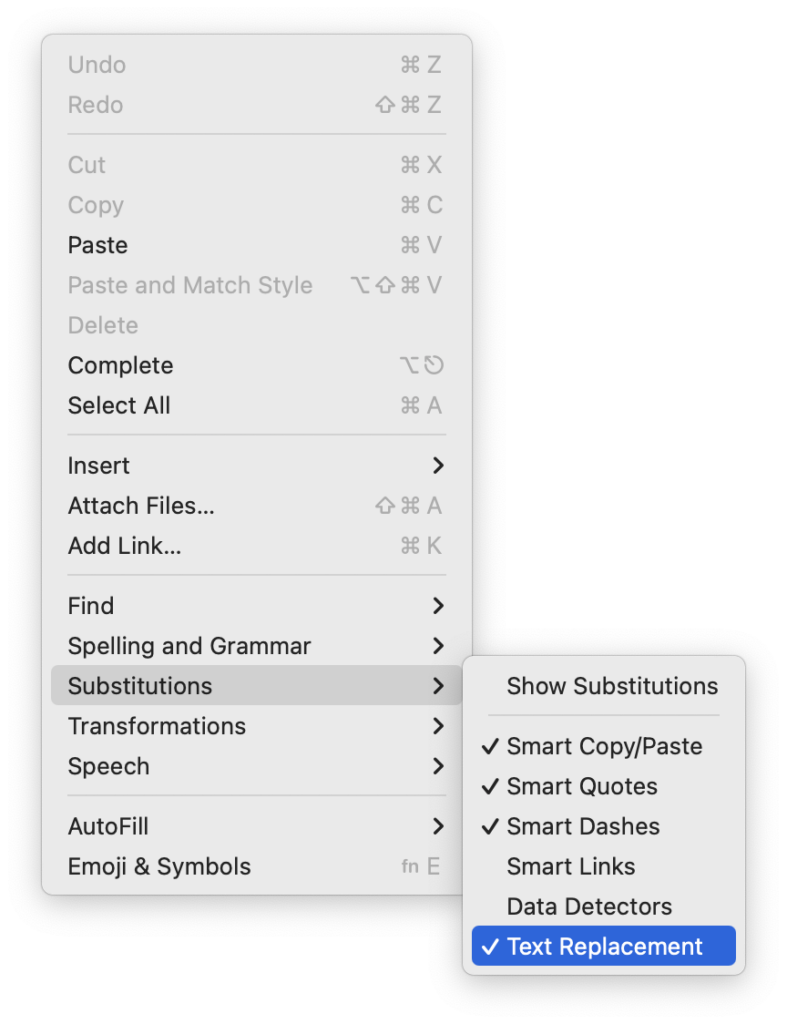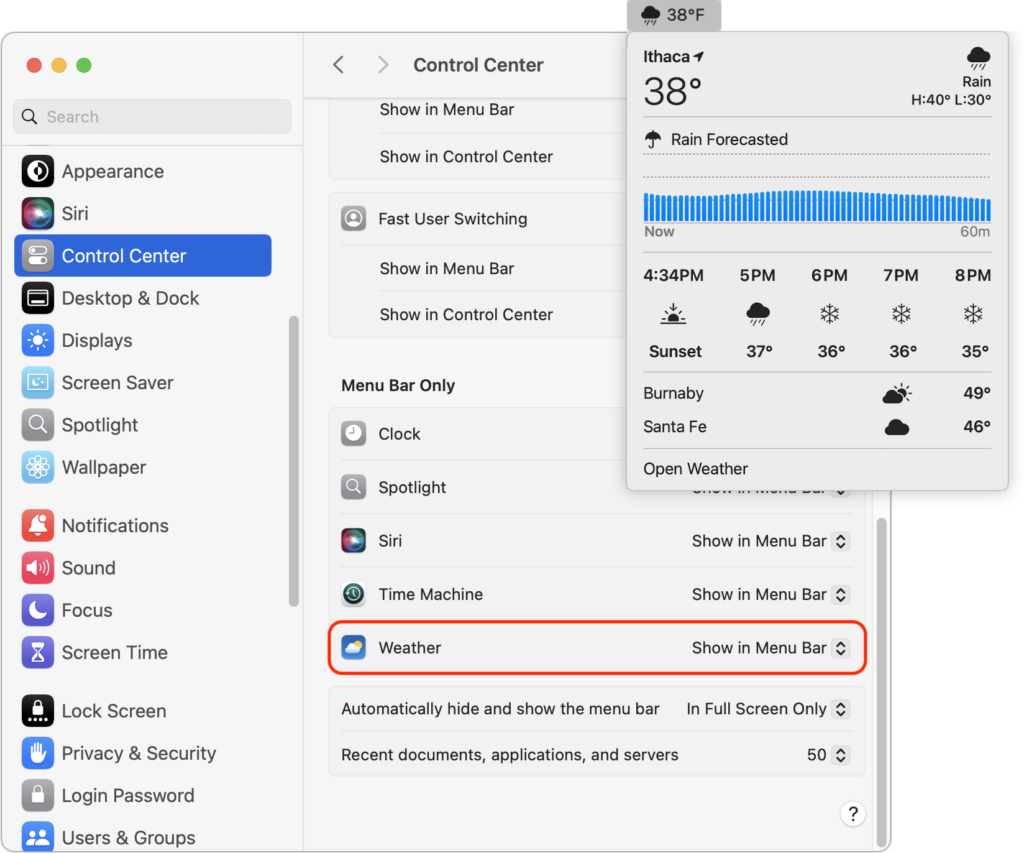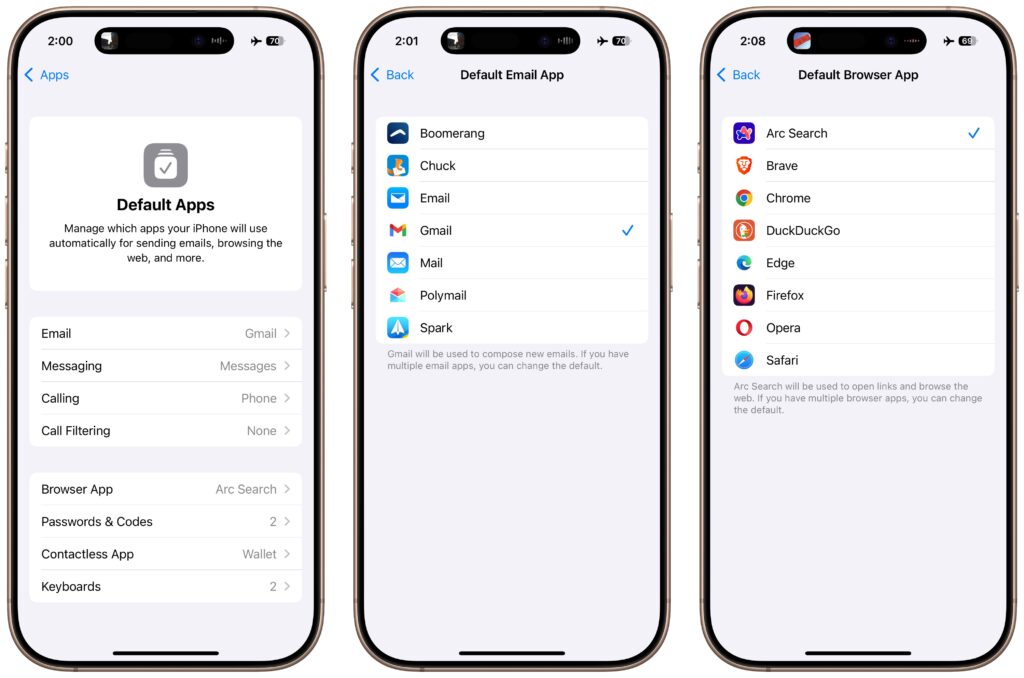Apple Updates Mac Studio with M4 Max and M3 Ultra Chips
In the first update to the Mac Studio since 2023, Apple has refreshed its professional powerhouse with new chip options and support for speedy Thunderbolt 5 peripherals. Previously, the Mac Studio was powered by the M2 Max and M2 Ultra; Apple has now replaced them with the M4 Max, which debuted last year in the MacBook Pro line, and the new M3 Ultra, which melds two M3 Max chips for the ultimate performance. According to Apple, the M3 Ultra version of the Mac Studio ($3,999) is up to 2.6 times faster than the initial M1 Ultra version and nearly twice as fast as the M4 Max configuration ($1,999) for workloads that take advantage of high CPU and GPU core counts. The M3 Ultra Mac Studio starts with 96 GB of unified memory and can be configured with up to 512 GB, plus up to 16 TB of storage, both more than ever before. If you need the fastest Mac possible, look no further.

(Featured image by Apple)
Social Media: Apple has updated the Mac Studio by swapping the M2 Max and M2 Ultra chips for the M4 Max and new M3 Ultra. The M3 Ultra version also offers a new memory ceiling of 512 GB and a new storage max of 16 TB. It’s a monster machine.








